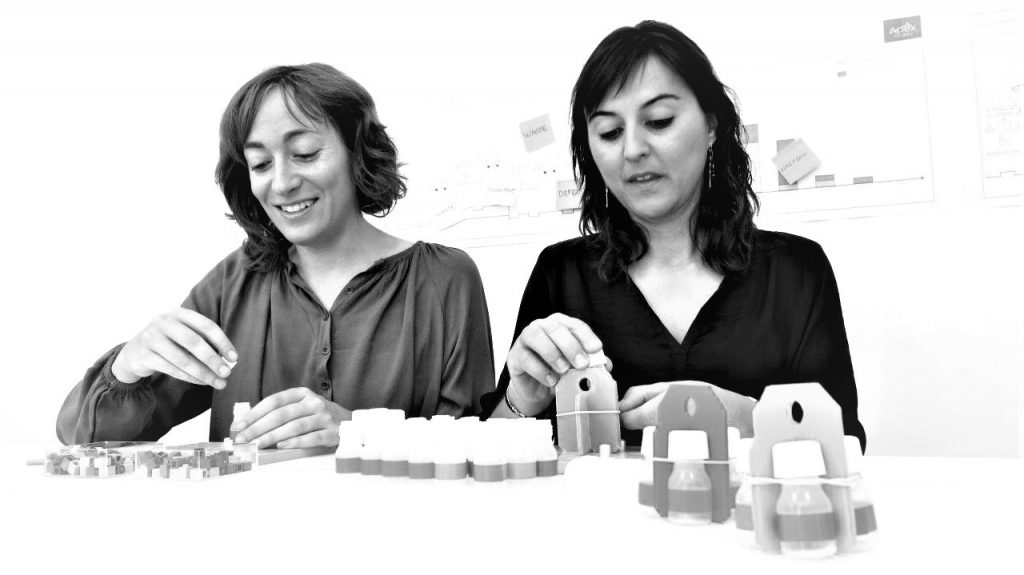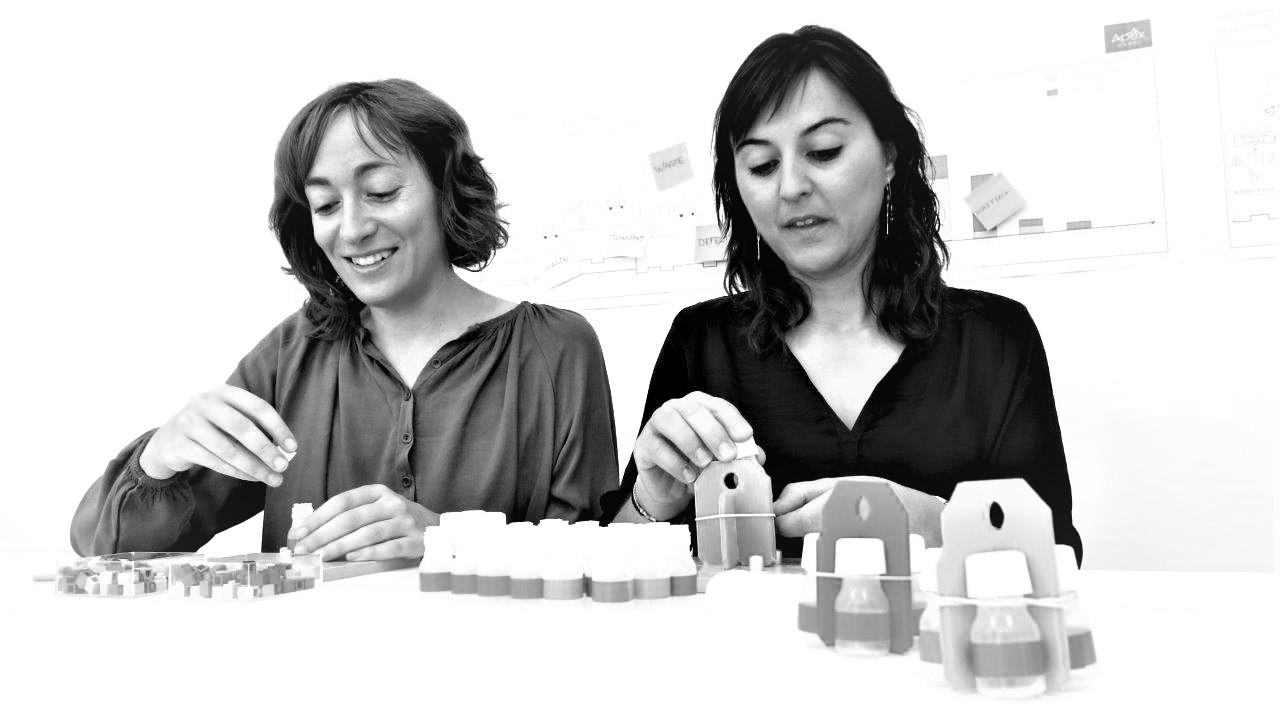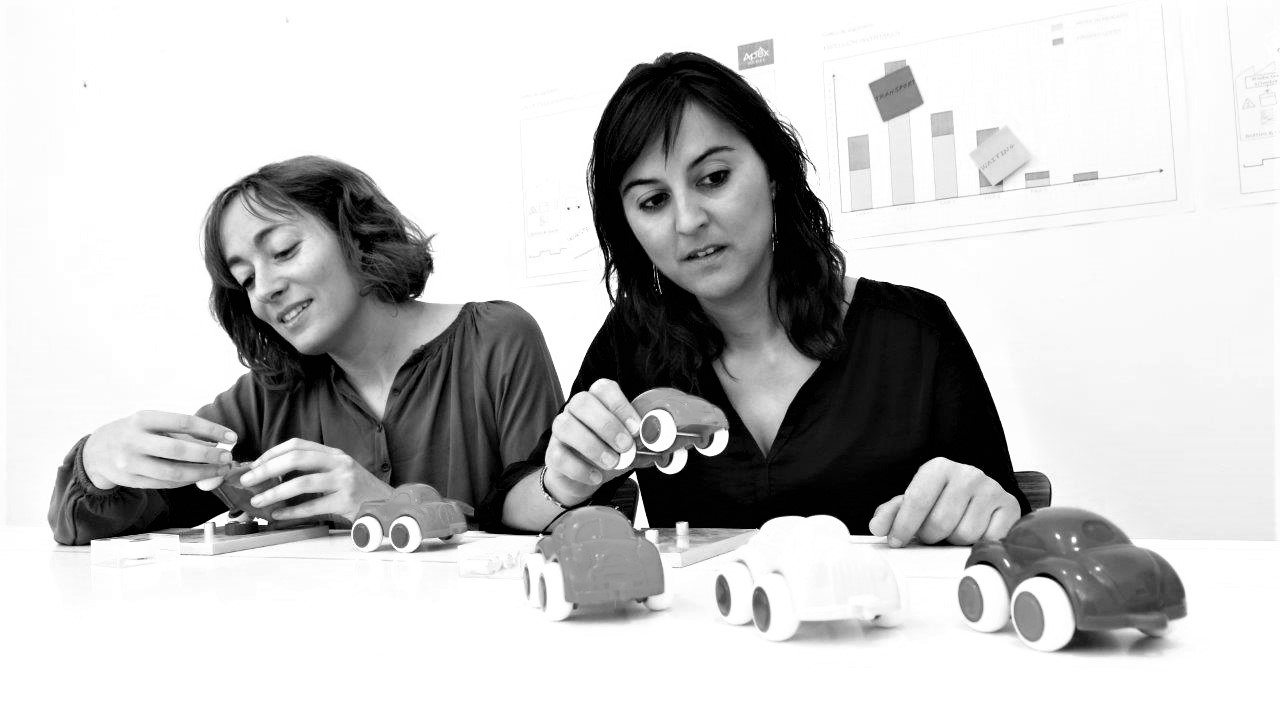Learning by playing
Over the years, we have had the opportunity to support a high number of companies in their transformation process in a wide range of sectors, countries and cultures. Our experience in these change processes has taught us that playing is a fundamental element in explaining a given knowledge before implementing it.
Games: a superpower when used well
Games can be a powerful weapon when used correctly. We have seen organizations that systematically use games in their training and improvement activities with very satisfactory results.
However, every coin has its heads and tails. And the case of games is no exception: Simulation is a very powerful support and guide for the development of training. But it is necessary to respect some minimum conditions if we want to ensure the results are successful. That is why, before deciding to use a game in training, it is necessary to ask ourselves the following questions:
What do we expect from this training?
How should the game help me to achieve this goal?
What is the link between the game and the next step in our activity?
In case you have problems answering any of the above questions, you should probably consider whether a game is the right methodology to use.
Before jumping into the pool, check the water level
The next step before starting the activity is to assess (even if informally) the level of prior knowledge of each participant on the topic to be presented. Games are a good tool for transmitting concepts because they allow knowledge to be built up. However, it can also become a boring activity, if the contents to be transmitted are concepts that are already known by the group.
3, 2, 1... enjoy the experience!
Finally, when you are clear about the objectives of the game and the participants' level, you can start the training activity. Most of the games used in training have a common structure and are developed in several rounds or phases. This structure allows for repetitive rehearsal of the methodologies that you want to transmit to the learners. This routine constitutes a common thread in the training, which helps the trainees to focus their attention on those elements that change from one round to the next, in short, the methodology to be learnt. To ensure the success of the game, it is necessary that each of these phases is structured according to the dynamics of problem-solving:

- Understanding the current situation (...and the problems it presents).
- Describing a target solution and applying it in the simulation.
- Checking the result of the actions when running a new round of the simulation.
- Reflections on the results.
Logically, in the last round, at the end of the game, it is necessary to extend this time for reflection in order to discuss both the results of the game, and the impact that each of the methodologies presented, could have in a real environment.
If you want to know how to incorporate games and simulations into your training activities, contact us, and we will explain how we can help you take your training to the next level.




